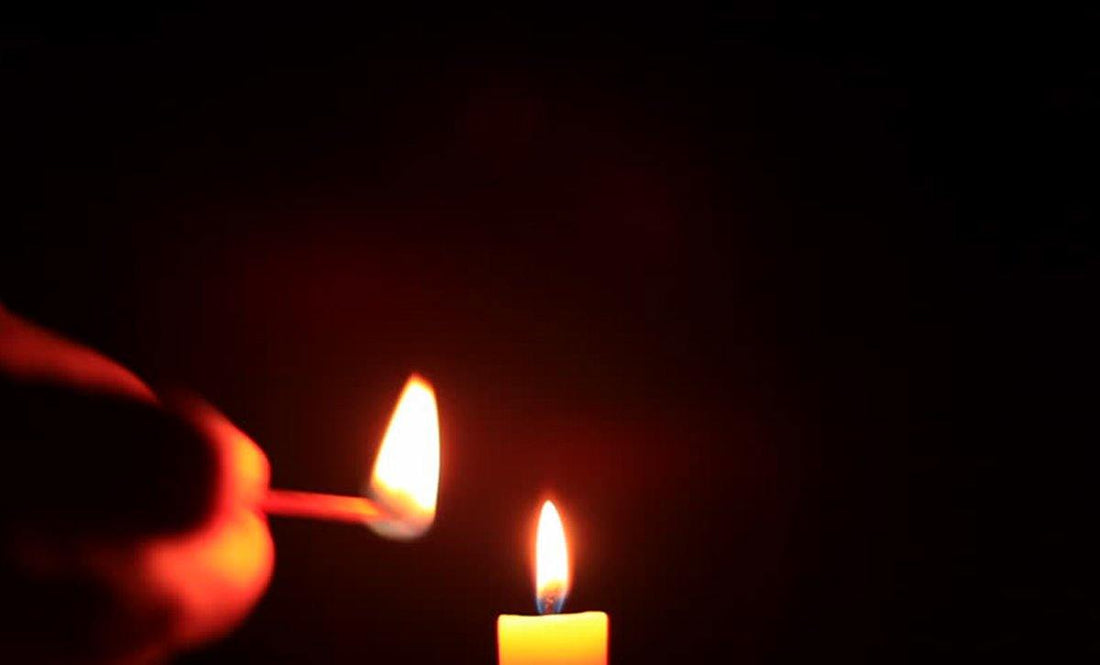
The candle and the rabby. An apologue for Hanukkah
Fabrizio Piola
During this Hannukah of 2020-5781, a terrible year for many reasons, and which will leave a heavy legacy at all levels in the near future, it is nice to be able to tell stories of hope. This one told to me by a Kabbalah Master is one of them.
In a yeshvah, at the end of the study session, one of the younger students approached his rabbi and said to him:
"Rabbi, it is wonderful to listen to you as you teach and then to see how you can be of help and advice to the people of the neighborhood, but at the same time how much you work on your own spiritual growth, just as if you had just started your journey, just as if you were still a young student like me. But if you had to summarize the essence of who you are in a single sentence, what would this sentence be?"
At which the Rabbi smiled and began to explain:
“Have you ever found a dresser and go rummaging in the drawers? And find, for example, a stick of leftover wax that has been there for some time, while in another drawer you find a piece of string too short to be used to tie something? Good. These two objects had been abandoned there because in themselves they didn't seem to be useful, unless someone was planning to use them to do something specific. If you took the wax and worked it with the warmth of your hand, you would be able to flatten it at the end on a table. And if at this point you took the string and put it on the wax sheet and then rolled it all around it, pressing well until they become one, you would be able to make a candle. And so it is for the human being. The wax is its essential body, the string is its essential soul. Separated they can do nothing, but united together they can do a lot. Just as the candle spreads light and heat around itself with its flame, illuminating and warming the World in its small way, in the same way the person of faith spreads love and meaning around him, and illuminates the future with hope " .
To which the boy replied: "This Rabbi image is beautiful. But you haven't answered me yet. What is a Rabbi really? "
"He is the one who passes by and lights the candle", replied the Master.
I want to dedicate this story first of all to all the philosophers, theologians and religious who, having deified Plato and then Neoplatonism, see the body as the prison of the soul, in the World of Ideas the archetypal perfection while in Nature there would be only matter and chaos.
Judaism distinguishes only functionally a concept that it calls "Guf" that is body, from the five souls of man. Nefesh (נפש), Ruach (רוח), Neshàmah (נשמה), Chayiah (חיה) and Yechidah (יחידה).
The first three are inherent in the body and produce effects in the body and mind: Nefesh (the vital soul, which pervades and moves the body, connected with the presence of the breath), Ruach (the emotional spirit also seen as a channel for penetration and action in man of powers and forces external to him) and Neshamah (the soul of abstract, rational, choral thought, soul of the will and superior reasoning).
The last two are auras external to the body, rather they can be described as dimensions of being to which man through practice and faith comes to perceive until he becomes aware of it and finally "inhabits" as he rectifies himself: Chayah ( the anima mundi, or even other concepts that in part come close to us such as those of the “collective unconscious” in Jung or the “akhashic archive.” Chayah connects all human beings to each other and is the field in which all souls communicate with each other. them in ways that can also include telepathy and premonition) and Yechidah (which is the supreme transcendental apperception and mental status where one is aware that One is All and that All is One and that nothing of ourselves, temporary and provisional beings as an apparently separate entity it is foreign or external to this Reality. Comparable to a certain extent and nature to Samsara or, more generally, to Enlightenment).
These last two dimensions are external to Man and not directly influencing his body-mind, but can be reached from the tzadik. That is someone who has left his ego and who has rectified and elevated himself while living and acting in the world, indeed through his being and acting in the world guided by a light.
But what must the tzadik do to reach these levels? Essentially and primarily to perform the Mitzvot. That is, observe the dathic commandments with the Torah.
The Talmud (treatise Makkoth 23b) states that the Torah contains 613 mitzvot of which 248 are מצות עשה (mitzvot aseh, positive commandments, obligations) and 365 are מצות לא תעשה (mitzvot lo taaseh, negative commandments, prohibitions): positive precepts oblige one to perform a certain action (such as the obligation of male circumcision); the negative ones forbid taking a certain action (such as the prohibition of wearing clothes made of wool and linen together called Shaatnez). The number of these precepts is certainly full of symbolic meanings: as the Rabbinical Tradition teaches us, 248 was in fact considered the number of bones in the human body and 365 are notoriously the days of the year (besides the ligaments that connect the bones together); through these numbers the Torah therefore means that with our 248 individual bones we must perform the 248 prescribed actions and that every day of the year we must commit ourselves not to violate the 365 negative precepts.
Can mitzvot be made only with the soul? Judaism says absolutely no. The Body performs the mitzvot in union with the soul that directs it. The Body experiences physical and direct mitzvot and these empirical contents nourish and inform the soul, as a teacher instructs the student. For this reason, for example, no anesthetics are administered during circumcision: the body must undergo all possible physical experience of the Brit Milah mitzvah. And this is not cruel but sapiential.
In fact, in Judaism a human person is both a soul that experiences having a body, and a body that experiences conscious world and life because it is animated by a spirit. Neither is superior to the other or less useful than the other. Different, only united can they manifest themselves in the best of their respective potentials. If the soul is by definition - being a consubstantial fragment of the Divine spirit - it is immortal nevertheless the body because all the matter of which it is made is substance emanating equally from Gd himself who has drawn that energy from Himself ( E = mc2. Matter and energy are two forms of the same essence mutually reversible in one state and then in the other).
It is not by chance that Kabbalah uses the concept of LIGHT as its central image and distinguishes numerous types and species with distinct properties and intensity. Well, what else is light if not something that we know to be unique, but that we can nevertheless experiment both in the form of matter that is the PHOTONS (the so-called corpuscular form of light) but also in the form of energy that is the vibrational nature measurable in LENGTH D 'WAVE of light itself (its wave form)
Kabbalah therefore naturally leads those who engage in it to an approach to the Divine that is NON-DUALISTIC. Or as my Hasidim friends say “Ein od Milvadò”> “There is none other than Him”. In fact, the Eternal is the only entity of which it can be said that "is", absolutely, eternally, totally.
And in closing this broad discourse I want to say that it is not necessary to be a Rabbis or a Tzadikim, to shed light or to channel and spread the Light.
Love one another. You light your neighbor's candle. And if you can't do it alone, or with an icy gust of wind your life turns it off, someone with love will light up yours.
Good reflections of Hanukkah
With love yours
Tzuriel.



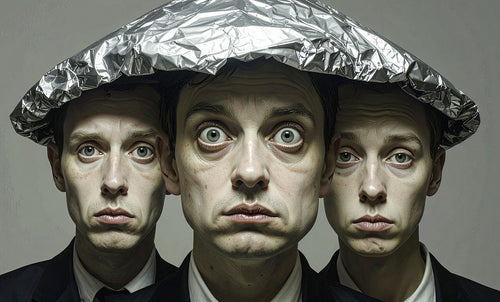
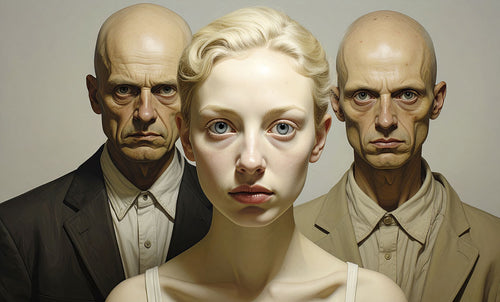
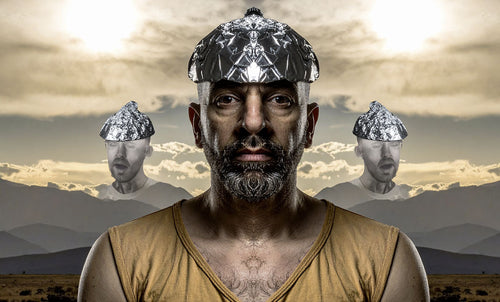
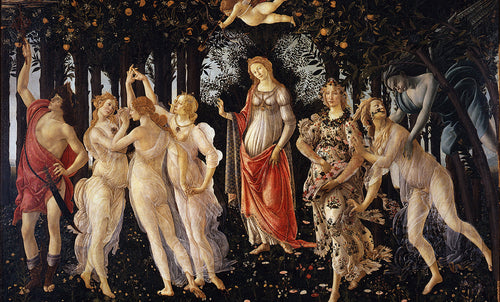
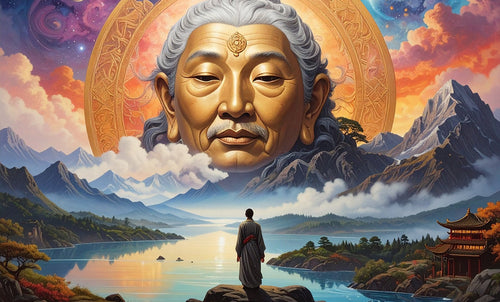




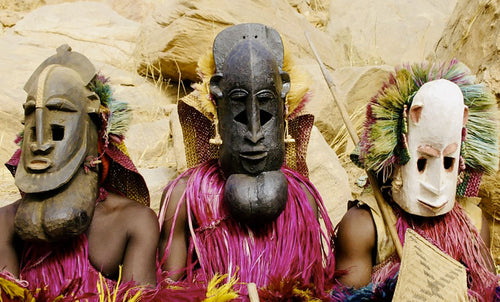

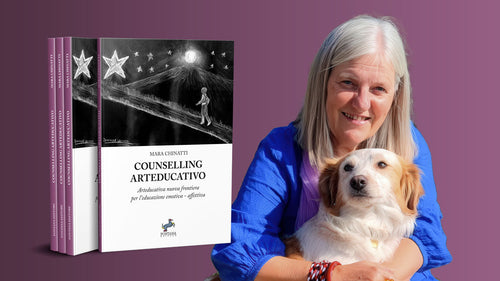


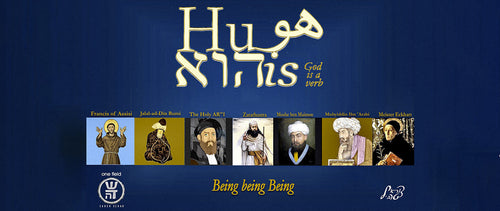




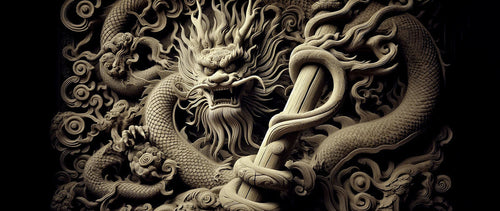


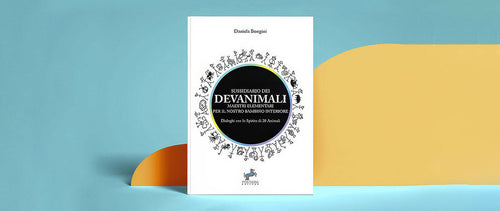
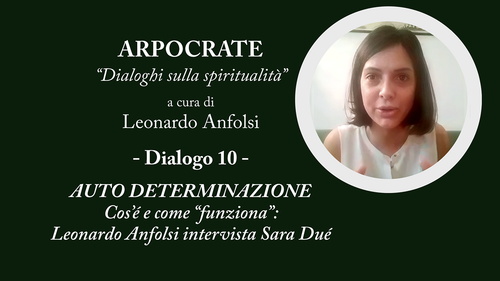

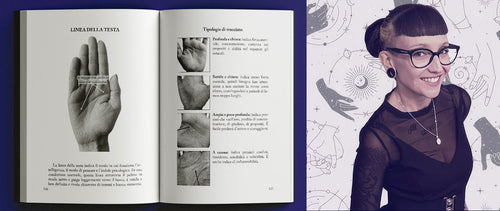
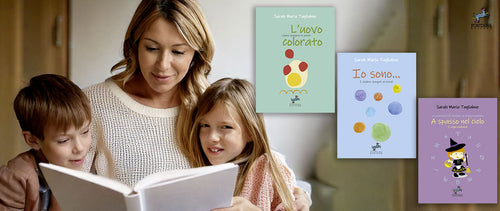

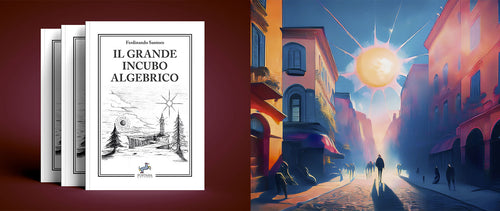
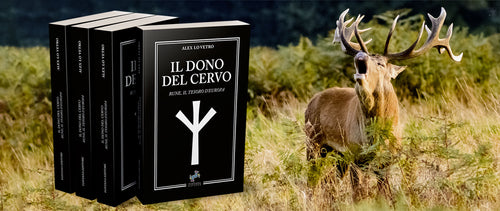
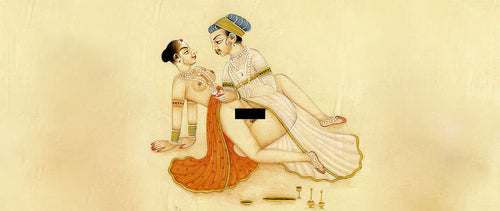
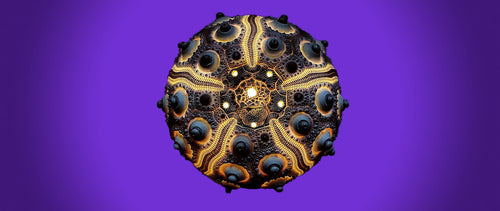








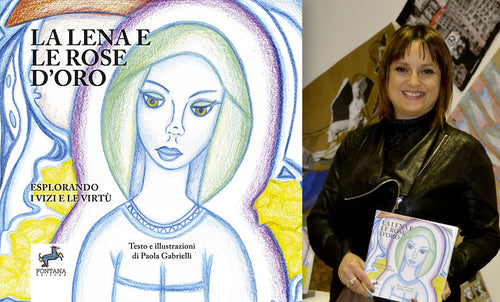

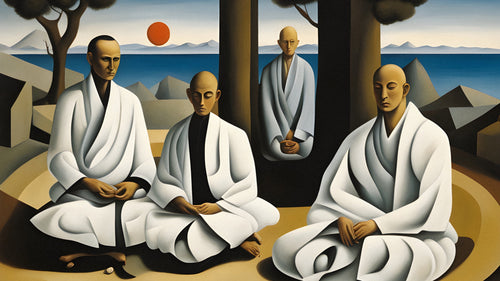
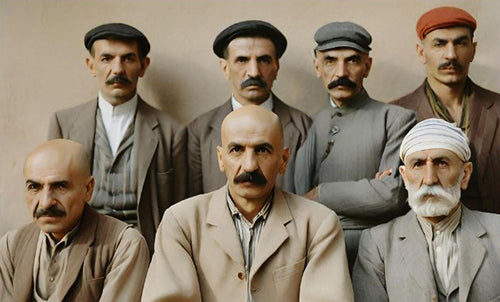
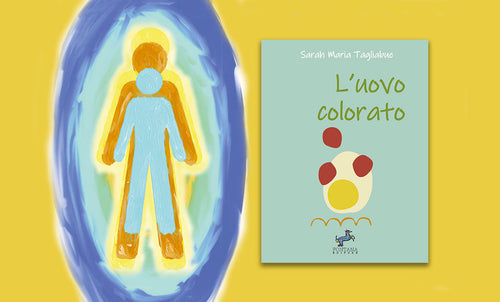

1 comment
Bellissimo racconto (e utile) peraltro la parola “rabbi” potrebbe essere sostiuita certamente con “maestro”; comunque la lettura di Platone come propugnatore di un qualche dualismo è la tipica lettura accademica dei greci come “pensatori” + pensatori tutti diversi da maestro e discepolo e che perci, oggi, sapiamo cosa pensasse Socrate, e poi Platone e infine Aristotele. Oggi sappiamo che non è così come sappiamo che pure i rabbi non erano solo “pregatori” o “predicatori”. A dimostrazione di ciò è il famoso equivoco del “so di non sapere”…
Buona (eterna) Hanukkà!